
The United States of America, a nation primarily located in North America, stands as a sprawling federal republic of 50 states and a federal capital district, Washington, D.C. With the world’s third-largest land area and a population exceeding 340 million, America’s journey is a rich tapestry woven from diverse threads of migration, conflict, innovation, and social change. From its ancient origins with Paleo-Indians migrating over 12,000 years ago to its contemporary status as a global superpower, the U.S. narrative is one of continuous evolution.
This in-depth exploration will unveil the dual nature of American history and identity, presenting a compelling narrative of its grandeur alongside the persistent grime. We will delve into 15 pivotal aspects, charting a course through the nation’s defining epochs of progress and confronting the enduring shadows that have shaped its trajectory. Our aim is to provide a comprehensive, fact-driven look at the forces that have forged this complex nation, offering insights into its foundational values, territorial growth, and societal challenges.
In this first part of our journey, we will traverse the early centuries of American development, beginning with its revolutionary genesis and the crafting of its unique governmental framework. We will witness the dramatic expansion across a continent, alongside the often-painful reality of Indigenous displacement. The seismic ruptures of the Civil War and the subsequent efforts of Reconstruction, set against a backdrop of burgeoning industrialization and persistent racial discrimination, will reveal the intricate layers of a nation constantly in the making.
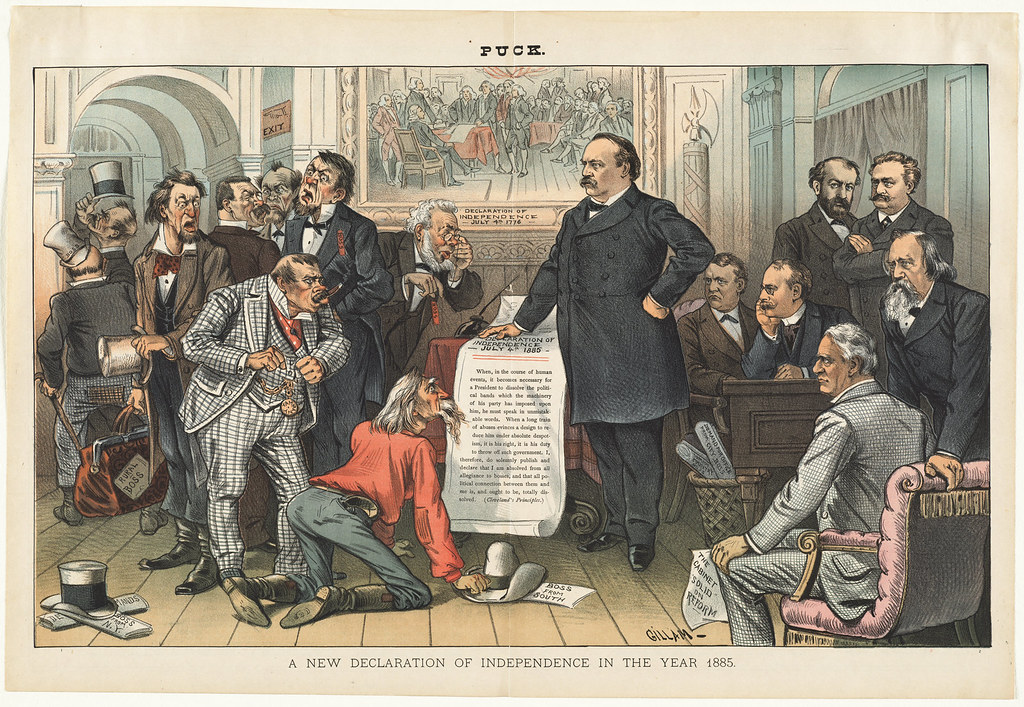
1. **The Dawn of a Nation: Declaration of Independence and Founding Principles**The formal genesis of the United States as an independent entity dates back to July 4, 1776, with the adoption of the Declaration of Independence. This pivotal document, largely drafted by Thomas Jefferson, enshrined political values such as liberty, inalienable individual rights, and the sovereignty of the people. It represented a bold rejection of monarchy, championing republicanism and civic virtue while vilifying political corruption.
The ideas embedded within the Declaration and the broader American Revolution were profoundly inspired by Classical, Renaissance, and Enlightenment philosophies. Figures like George Washington, John Adams, Benjamin Franklin, and James Madison, often referred to as the Founding Fathers, drew upon these intellectual currents. Their commitment laid the philosophical groundwork for a nation founded on principles of freedom and popular consent.
Prior to this declaration, colonial grievances against the British Crown, primarily concerning taxation without parliamentary representation, had mounted. The First Continental Congress in 1774 organized a boycott of British goods. The Battles of Lexington and Concord in 1775 ignited the American Revolutionary War. The Declaration thus served as a powerful articulation of these grievances and the ultimate resolve for an independent destiny.
Read more about: America’s Defining Eras: A Showdown of 10 Pivotal Moments that Shaped the Nation (And Why They Still Matter)
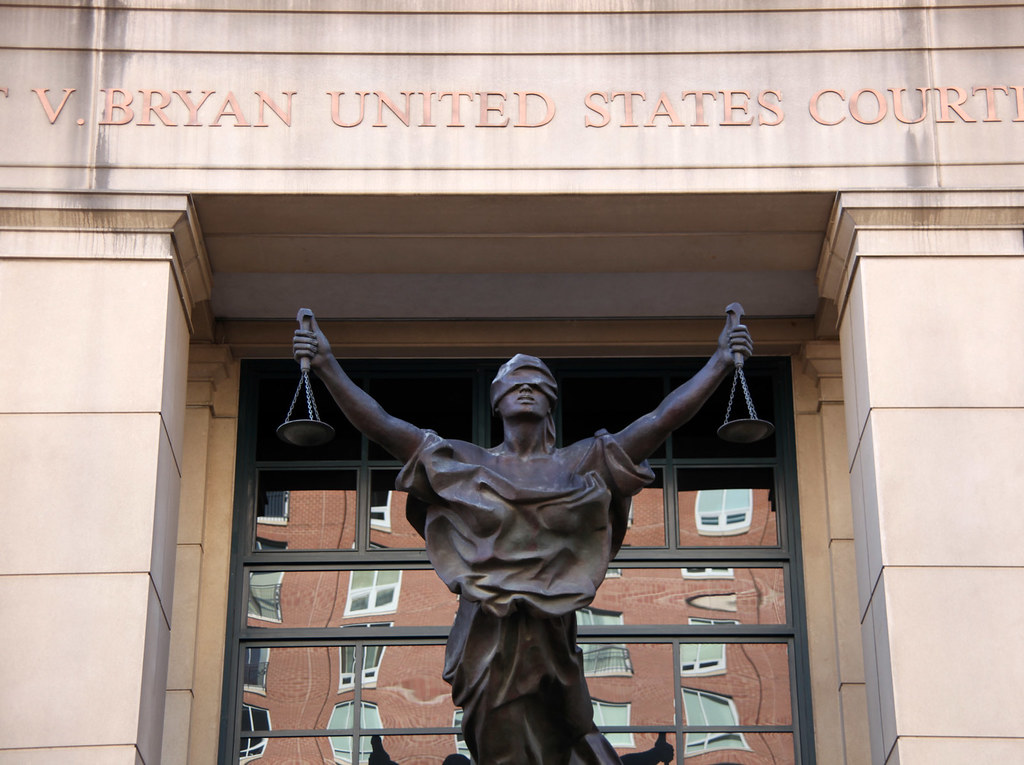
2. **Crafting Governance: The U.S. Constitution and its Federal Republic Structure**Following the Revolutionary War, the initial national governance under the Articles of Confederation proved limited. Recognizing these limitations, delegates drafted the U.S. Constitution in 1787. This document, effective in 1789, created a presidential constitutional federal republic and a representative democracy, serving as the country’s supreme legal framework.
The Constitution established a national government composed of three separate branches: legislative, executive, and judicial. This separation of powers was designed to provide checks and balances, preventing any single branch from becoming supreme. The bicameral national legislature comprises the House of Representatives (based on population) and the Senate (based on equal state representation).
Federalism, a core tenet, grants substantial autonomy to the 50 states. The Bill of Rights, adopted in 1791, addressed concerns about central government power, safeguarding fundamental individual liberties. George Washington’s precedent of peaceful transfer of power further cemented the supremacy of civil authority, setting a crucial standard for the young nation.
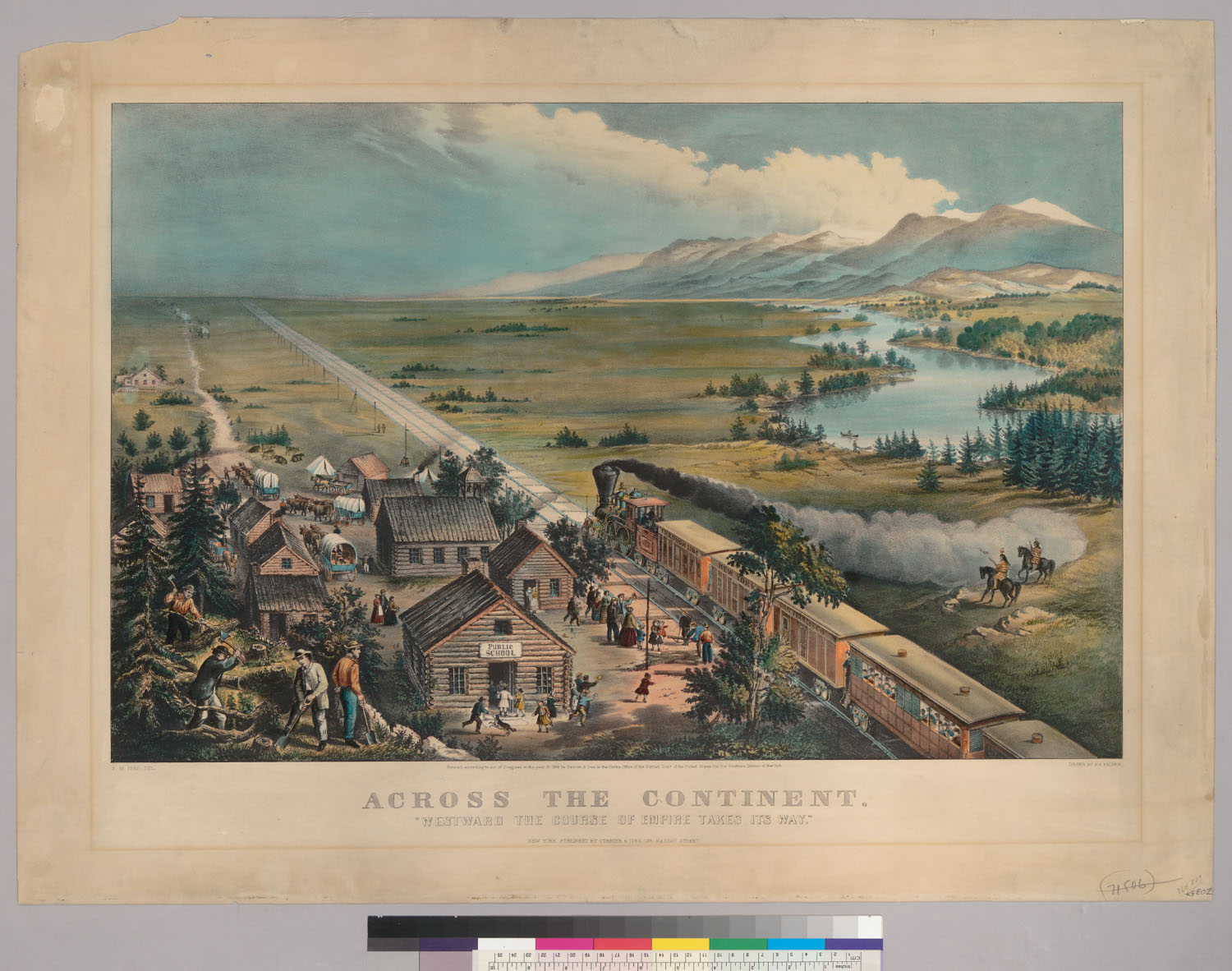
3. **Forging a Continent: Westward Expansion and the Louisiana Purchase**The spirit of expansion was deeply ingrained in early American identity, with many settlers driven by a sense of manifest destiny. This ambition dramatically reshaped the nation’s geography and future. The Northwest Ordinance of 1787 established a crucial precedent for how the country’s territory would grow: through the admission of new states.
A defining moment was the Louisiana Purchase of 1803. Acquired from France, this transaction nearly doubled the territory of the United States, extending its reach westward across the Mississippi River. This vast acquisition opened immense possibilities for settlement, agriculture, and resource extraction, fundamentally altering the demographic and economic landscape.
This period saw a series of territorial gains. Spain ceded Florida in 1819. The United States annexed the Republic of Texas in 1845. The 1846 Oregon Treaty brought the American Northwest under U.S. control, and the Mexican-American War (1846–1848) resulted in the Mexican Cession, adding California, New Mexico, Nevada, Colorado, and Utah.
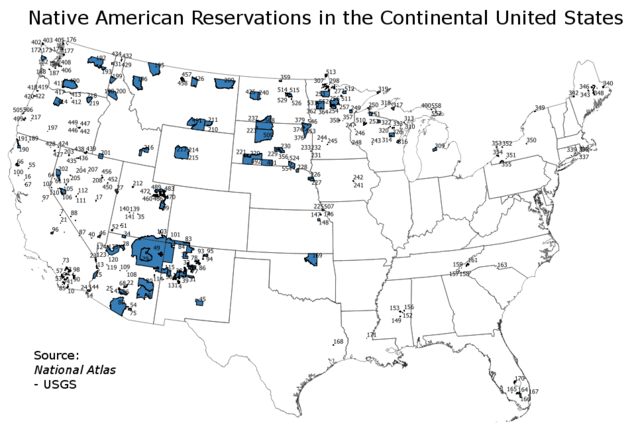
4. **Dispossession and Conflict with Native Americans**While westward expansion brought growth for European-American settlers, it initiated a tragic chapter of dispossession and conflict for Indigenous peoples. Paleo-Indians had inhabited these lands for over 12,000 years, forming sophisticated civilizations. Early European relations ranged from trade to warfare, often forcing Native Americans to adopt European lifestyles and Christianity.
As American settlers moved westward, the federal government implemented policies of Indian removal or assimilation, disrupting Native cultures. The Indian Removal Act of 1830, a key policy of President Andrew Jackson, exemplifies this. It resulted in the infamous Trail of Tears (1830–1850), forcibly displacing an estimated 60,000 Native Americans.
This forced march led to the deaths of an estimated 13,200 to 16,700 individuals. The influx of displaced Indigenous peoples and continued settler expansion fueled the American Indian Wars west of the Mississippi. Further violence, such as the California genocide, lasted into the mid-1870s, marking a brutal and often overlooked period.
Read more about: The $1.3 Trillion Mistake That Crippled the US Navy

5. **A Nation Divided and Reunited: The American Civil War and Abolition of Slavery**The issue of slavery, central to the Southern Colonies’ plantation economy, became increasingly divisive. While the American Revolution questioned the practice, Southern support for slavery strengthened due to inventions like the cotton gin. Sectional conflict escalated through the 1850s, inflamed by legislation and Supreme Court decisions.
The Fugitive Slave Act of 1850 mandated the return of escaped slaves. The Kansas-Nebraska Act of 1854 nullified anti-slavery provisions of the Missouri Compromise. The Dred Scott decision in 1857 declared the Missouri Compromise unconstitutional, exacerbating tensions. These events culminated in the American Civil War (1861–1865), as 11 slave states seceded to form the Confederacy.
The Union’s victory, solidified by battles like Vicksburg and Gettysburg, brought reunification. President Lincoln’s Emancipation Proclamation in 1863 declared many enslaved people free, leading them to join the Union army. The war’s outcome abolished slavery nationally, a momentous and transformative step, though the struggle for true equality would continue.
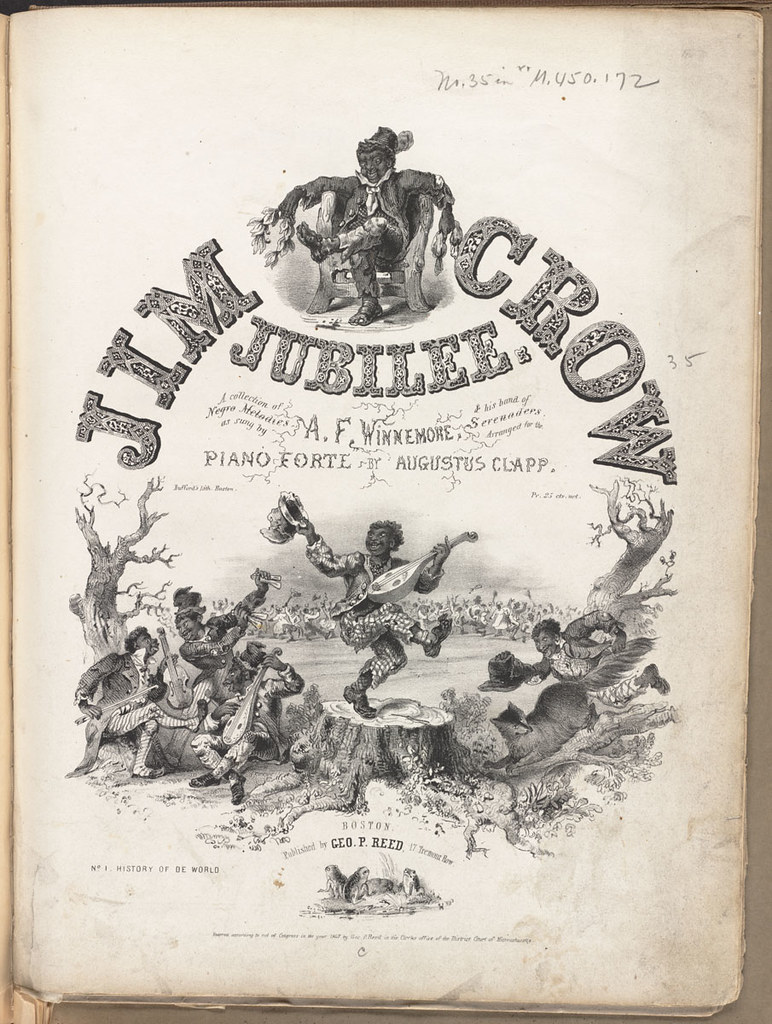
6. **Legacy of Racial Discrimination (Jim Crow, Redlining)**Even after the Civil War and national abolition of slavery, the promise of equality for African Americans remained largely unfulfilled. Reconstruction initially aimed to protect civil rights with the 13th, 14th, and 15th Amendments. African Americans briefly gained political roles in ex-Confederate states.
However, the Compromise of 1877 ended Reconstruction. Federal troops withdrew from the South, allowing “Redeemers” to re-establish white supremacy. This period saw African Americans endure heightened racism, often called the nadir of American race relations. Supreme Court decisions, including Plessy v. Ferguson, undermined the Reconstruction Amendments.
This legal weakening allowed Jim Crow laws to flourish in the South, enforcing racial segregation. Similar segregation existed nationwide, reinforced by policies like redlining, which denied services based on race. This created deeply entrenched patterns of inequality that persisted for decades, profoundly impacting African American communities.
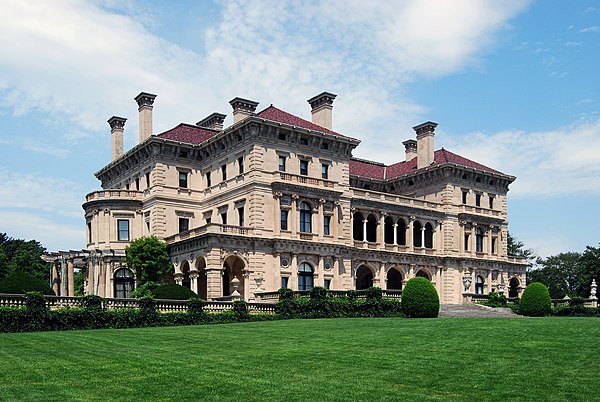
7. **Reconstruction, Gilded Age, and Industrial Transformation**The post-Civil War era brought Reconstruction, though ultimately curtailed by political compromises and resurgent white supremacy. Yet, concurrently, the nation experienced a remarkable surge in economic and infrastructural development. This complex period also saw immense social change and demographic shifts.
The “Gilded Age” (late 19th/early 20th centuries) was characterized by an explosion of technological advancement. National infrastructure, including transcontinental telegraph and railroads, spurred growth, accelerated by the Homestead Acts. Rapid economic expansion, fueled by cheap immigrant labor, allowed the U.S. to outpace combined European economies.
This period saw the rise of powerful industrialists, amassing wealth through trusts and monopolies in railroads, petroleum, and steel. The U.S. also pioneered the automotive industry. However, this progress brought significant economic inequality, urban slums, and social unrest, giving rise to labor unions and socialist movements. This dynamic era eventually led into the Progressive Era, seeking reforms for these disparities.
Read more about: America’s Unfolding Story: A Deep Dive into the Foundational Shifts and Enduring Legacies That Reshape a Nation
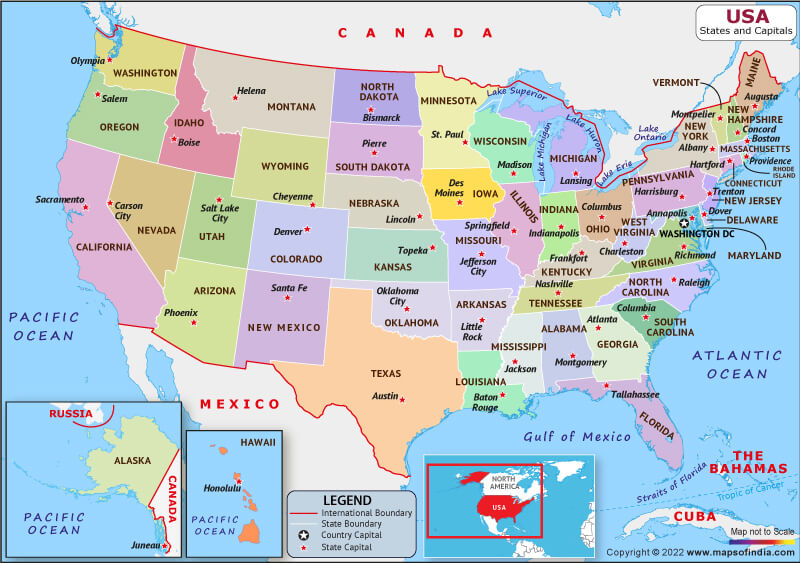
8. **America’s Arrival on the Global Stage: World War I and a Decade of Change**The early 20th century saw the United States emerge from its industrial boom and step onto the world stage with its involvement in World War I. Entering the conflict in 1917 alongside the Allies, American forces played a pivotal role in shifting the tide against the Central Powers, demonstrating the nation’s growing military and economic might on a global scale. This participation marked a significant departure from earlier isolationist tendencies and signaled America’s increasing influence in international affairs.
Domestically, the post-war period ushered in a decade of profound social and cultural transformation, often known as the “Roaring Twenties.” This era was characterized by significant advancements, including a constitutional amendment in 1920 that granted women nationwide suffrage, a landmark achievement in the ongoing struggle for civil rights and gender equality. The growing accessibility of radio for mass communication, alongside the nascent development of early television, began to reshape the nation’s social fabric.
These technological and societal shifts fostered an environment of change, albeit one accompanied by underlying tensions. While the decade celebrated prosperity and cultural innovation, it also set the stage for future challenges, with economic policies and social attitudes contributing to vulnerabilities that would soon become apparent. The vibrant spirit of the twenties, however, firmly etched itself into the American narrative.

9. **The Great Depression: Economic Cataclysm and Government Intervention**The economic exuberance of the 1920s came to a jarring halt with the Wall Street Crash of 1929, triggering the Great Depression. This period, the largest economic contraction in American history, cast a long shadow of hardship and unemployment across the nation. The crisis exposed deep flaws, prompting an urgent need for government action.
In response, President Franklin D. Roosevelt introduced the “New Deal,” a comprehensive series of programs and reforms for “reform, recovery and relief.” This ambitious plan included sweeping recovery programs, employment relief projects, and significant financial reforms to stabilize the economy and alleviate burdens on Americans. It fundamentally altered the government’s relationship with its citizens.
New Deal initiatives established social security, public works, and banking regulations, aiming to restore confidence and prevent future catastrophes. While not fully ending the Depression—wartime production largely did—it laid groundwork for a more interventionist government and a social safety net, leaving a lasting legacy.
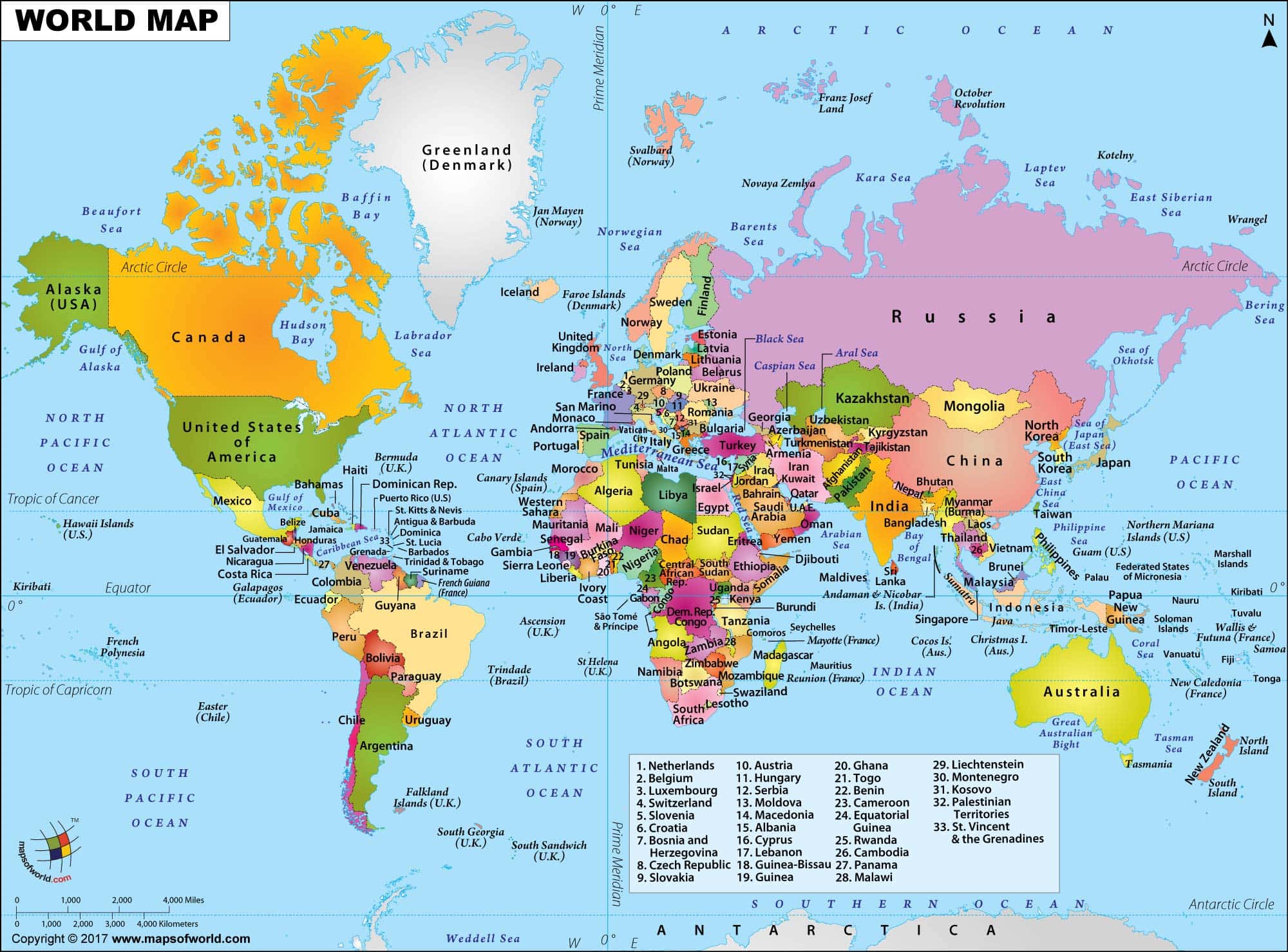
10. **World War II: The Crucible of Global Power and Unprecedented Innovation**Initially neutral in World War II, the United States became indispensable to the Allied effort, supplying critical war materiel from March 1941. Japan’s attack on Pearl Harbor in December 1941 drew the U.S. into the conflict, mobilizing vast resources. This entry marked a definitive turning point for both the war and America’s global standing.
The war spurred incredible scientific and technological advancements, including the first nuclear weapons. Their use against Hiroshima and Nagasaki in August 1945 brought the war to a cataclysmic end. This unprecedented power ushered in a new era of atomic warfare and global strategic considerations.
Emerging largely unscathed, the United States found itself in an unparalleled position of strength. Alongside the UK, Soviet Union, and China, it played a crucial role in planning the post-war world. The aftermath left the U.S. with significantly greater economic power and international political influence, solidifying its status as a global superpower.
Read more about: Strategic Foundations: Understanding the U.S. Military’s Global Power and Operational Framework

11. **The Cold War: A Bipolar World and the Race for the Heavens**The end of World War II in 1945 ushered in the Cold War, as the United States and the Soviet Union swiftly became rival superpowers. Each commanded its own political, military, and economic sphere of influence. This geopolitical tension defined international relations for nearly half a century.
The U.S. adopted a policy of containment, strategically limiting the USSR’s influence and engaging in regime change efforts against perceived Soviet allies. This ideological struggle manifested in proxy wars, an arms race, and intense propaganda battles. It was a constant balancing act to deter aggression while avoiding catastrophic confrontation.
The Space Race, a technological contest for supremacy, was a prominent theater of this rivalry. It culminated dramatically with the U.S. achieving the first crewed Moon landing in 1969, a monumental scientific and political victory. This feat captivated the world, underscoring American innovation and demonstrating ideological superiority.

12. **Post-War Prosperity and the Unfolding of Social Revolution**Domestically, post-World War II brought unprecedented economic growth to the United States. This era saw significant urbanization and a substantial population boom. The rising middle class enjoyed increased affluence and consumerism, shaping suburban landscapes and fostering national optimism.
Despite prosperity, deep-seated social inequalities persisted, especially for African Americans. The civil rights movement emerged in the mid-20th century, demanding an end to racial segregation and discrimination. Martin Luther King Jr. led nonviolent protests, bringing crucial legislative changes in the early 1960s.
President Lyndon B. Johnson’s “Great Society” enacted groundbreaking laws against institutional racism and poverty. Concurrently, the counterculture movement brought social changes, liberalizing attitudes toward drug use and uality. A major shift in women’s roles led to increased female paid labor participation by the 1970s and 1980s, redefining norms and workplace dynamics.
Read more about: Unveiling America: A Deep Dive into the Nation’s Enduring Spirit, Milestones, and Unique Tapestry
13. **Technological Leaps and the Zenith of American Global Influence**The late 20th century, particularly the 1990s, witnessed unprecedented economic expansion in American history. This period featured a dramatic decline in U.S. crime rates and a spectacular surge in technological innovation. America solidified its position as a hub for scientific advancement, driving the digital revolution.
During this decade, transformative technologies originated or were significantly improved in the U.S. These included the World Wide Web, advances in microprocessor technology, lithium-ion batteries, and pioneering efforts in gene therapy and cloning. Nasdaq became the first U.S. stock market to trade online in 1998, symbolizing technology’s integration into finance.
Globally, U.S. influence reached new heights. The Gulf War of 1991 saw an American-led coalition expel an Iraqi invasion, demonstrating decisive military power. The Soviet Union’s dissolution (1989-1991) ended the Cold War, leaving the U.S. as the world’s sole superpower. This cemented its dominance across international political, cultural, economic, and military affairs, ushering in the “American Century.”
Read more about: Rare Cars of the 1980s: Icons of Performance Innovation and Style

14. **Persistent Disparities and the Looming Shadow of Climate Change**Despite being the world’s largest economy and wealthiest country by disposable household income per capita among OECD members, the United States grapples with pronounced wealth inequality. This persistent issue, rooted in historical and contemporary economic structures, means wealth distribution remains significantly uneven, affecting social mobility and opportunity.
Parallel to socio-economic challenges, the U.S. faces growing environmental threats from extreme weather and climate change. The country experiences more high-impact extreme weather incidents than any other nation, with Gulf states prone to hurricanes and a significant portion of tornadoes occurring in “Tornado Alley.” These events exact a heavy toll.
Climate change has exacerbated these issues, increasing extreme weather frequency. Reported heat waves have tripled since the 1960s, and droughts in the American Southwest are more persistent and severe since the 1990s. Many attractive regions are most vulnerable to these intensifying impacts, necessitating urgent adaptation and mitigation strategies.
Read more about: The Remarkable Journey of Childhood: How Our Understanding of ‘Kids’ Has Made a Brilliant Comeback

15. **Contemporary America: Navigating Polarization and Democratic Crosscurrents**The early 21st century presented the United States with a complex array of challenges. Following the September 11 attacks in 2001 by al-Qaeda, the nation embarked on a “war on terror,” leading to military interventions in Afghanistan and Iraq. These prolonged conflicts profoundly impacted foreign policy, domestic security, and the national psyche.
Economically, the U.S. housing bubble’s fallout culminated in the Great Recession of 2007, the largest economic contraction since the Great Depression. This financial turmoil led to widespread job losses, foreclosures, and a reassessment of economic regulations, highlighting global financial system vulnerabilities.
More recently, the 2010s and early 2020s show increased political polarization and democratic backsliding. This heightened division was violently reflected in the January 2021 Capitol attack, where insurrectionists sought to prevent a peaceful transfer of power. These events underscore the struggle to maintain national cohesion and uphold democratic institutions in a fractured political landscape.
As we conclude this extensive journey through American history, from its revolutionary birth to its contemporary complexities, it’s evident that the narrative of the United States is one of perpetual motion. It’s a story of monumental achievements and profound challenges, of unwavering ideals tested by harsh realities. The tapestry of American identity continues to be woven with threads of innovation, resilience, and an ongoing dialogue about its foundational promises. Understanding these epochs, the moments of glory and the enduring struggles, is essential to grasping the multifaceted character of a nation that profoundly influences and is influenced by the global stage, forever evolving, forever striving.




